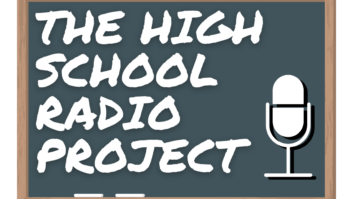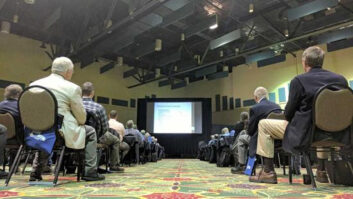WASHINGTON � A group of broadcasters have released a wish list of FCC rule changes with a big emphasis on technical updates.
Wiley Rein attorneys have filed comments on behalf of Alpha Media, Emmis Communications, iHeartMedia, Liberman Broadcasting, New York Public Radio and Urban One regarding the matter of Modernization of Media Regulation Initiative (MB Docket No. 17-105). The broadcasters suggest changes to rules that they believe are �worthy of repeal or reform.�
First, they propose that experimental broadcast licenses be renewable after the initial five-year period. �Providing greater flexibility in the terms of experimental authorizations will promote innovative use of radio spectrum, and will avoid artificially cutting off broadcast experiments that have the real potential to yield results that can benefit the radio industry and the public.� This would also put these licensees on more equal footing with those holding other types of experimental licenses.
As part of AM revitalization efforts, the broadcasters say that the commission should treat AM directional stations using Method of Moments to verify the performance of their antenna systems in the same manner as stations using the conventional method. �Instead of the requirement to recertifiy once every two years, stations should only be asked to �investigate directional antenna performance when its antenna monitor indicates out-of-tolerance readings or there is another reason to believe the pattern is out of limits.� To bolster their argument, they cite the cost of hiring a consulting engineer, dismantling of the antenna array, shutting down the station for several nights and the potential for the sampling system to drift. But if the FCC still thinks recertification is necessary, they should change the requirement to have stations perform full recertification only within 24 months of the deadline for the license renewal application. This, they argue, will promote proper directional array maintenance.
They also request that the commission update its rules to reflect that �the efficiency factor of a transmitter will vary due to automatic optimization of amplifier voltage, adaptive precorrection, and digital operating modes or injection.� Plus, transmitters can �auto-generate information concerning efficiency,� which the broadcasters say should be sufficient for determining FM station�s operating power.
Another revision would be allow stations to use single-sideband stereophonic carriers without an experimental license. This technology has been around for some time and produces improvements in audio quality, and stations that have experimented with it did not cause interference or other problems for other broadcasters.
The broadcasters also ask that the rules be updated to the stability of current equipment by eliminating AM stations� annual equipment performance measurements so that these measurements are only required at installation fo a new/replacement transmitter or audio processor. But if the commission feels the periodic measurements are needed to ensure compliance, they suggest that they could be reduced to once every three years. They also point out that if an unstable transmitter is causing interference, the complaint process is always available.�
The commission should update its rules to permit digital RPU operations in the 450 MHz and 455 MHz bands. The digital remote pickup units, the broadcasters say, could promote new uses for spectrum. Also, allowing �digital emissions would provide parity with the land-mobile radio service and allow use of the many digital products available to business users of two-way radio systems.�
Some of their proposals echo those included in comments filed by several public broadcasters. You can read our summary of those here.�












